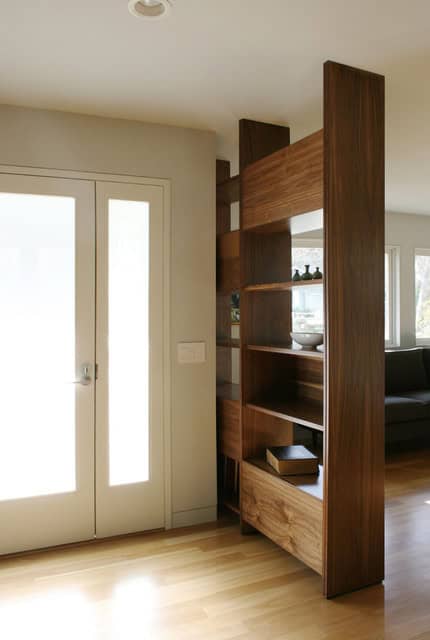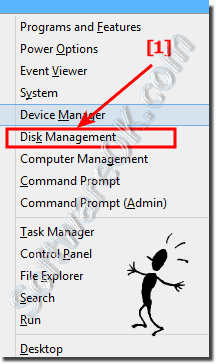
See the vol command page for additional information and help with this command.įrom the menu bar, select Go, then select Computer, or press the Shift+ Command+ C keyboard shortcut. This command allows you to see what drives are detected. Running the vol command on a drive displays the drive label and serial number if available. See the fdisk command page for additional information about this command. However, this command is only possible if you're running a version of MS-DOS or Windows that supports fdisk. Running the fdisk command allows you to view how the hard drives are set up and configured on the computer. How to change drives in MS-DOS and Windows command line. Change drive letterĬhange the drive to an alternate drive letter to determine if a drive is available and ready if no error message is received. Below are different recommendations for viewing drives. Unfortunately, there is no easy way to list all available drives on the computer through the MS-DOS prompt with one command. Other Windows command line and MS-DOS version users See our wmic command page for further information and examples on this command. Or, for a little more information, such as volume size, use this command: wmic logicaldisk list brief 
At the prompt, type the following command. If you're using Windows Vista, 7, or 8, use the wmic command at the Windows command line to view available drives on the computer. See drives in MS-DOS and the Windows command line Windows Vista, 7, 8, and 10 command line users

If you're going to open the CD drive, click the D: CD-ROM drive icon. If you want to move to the floppy disk drive, click the A: drive icon.

In the File Manager, click the drive icons shown above the folder and files. Windows 3.0, 3.1, and 3.11 users can open drives through the Windows File Manager. If the drive AutoPlays the disc, right-click the drive, and click Explore.







 0 kommentar(er)
0 kommentar(er)
